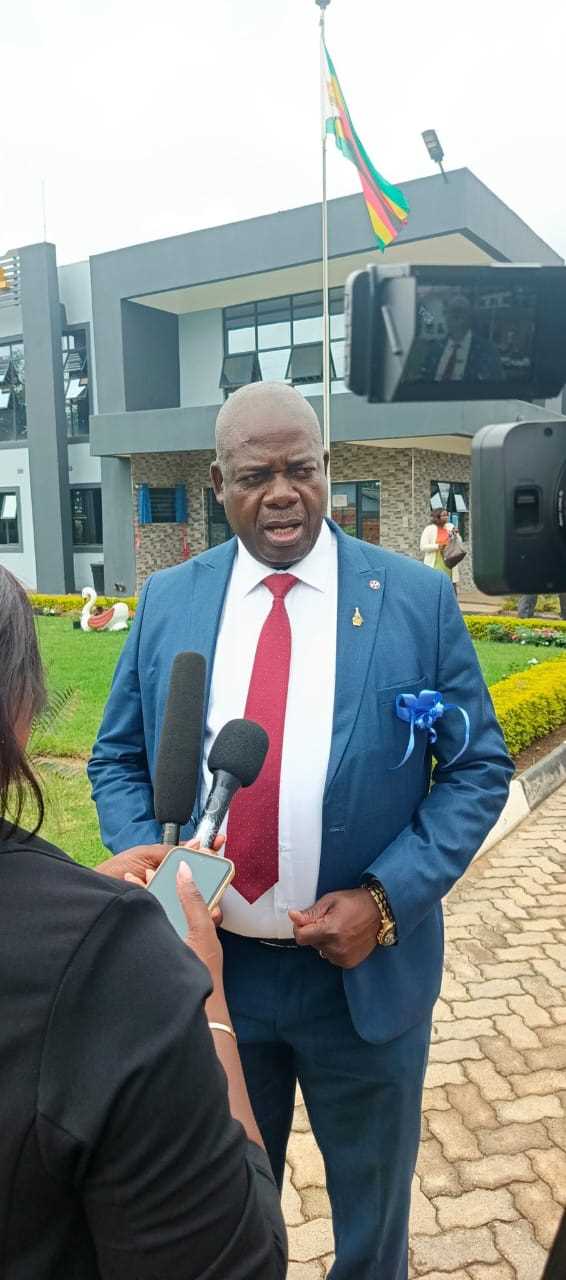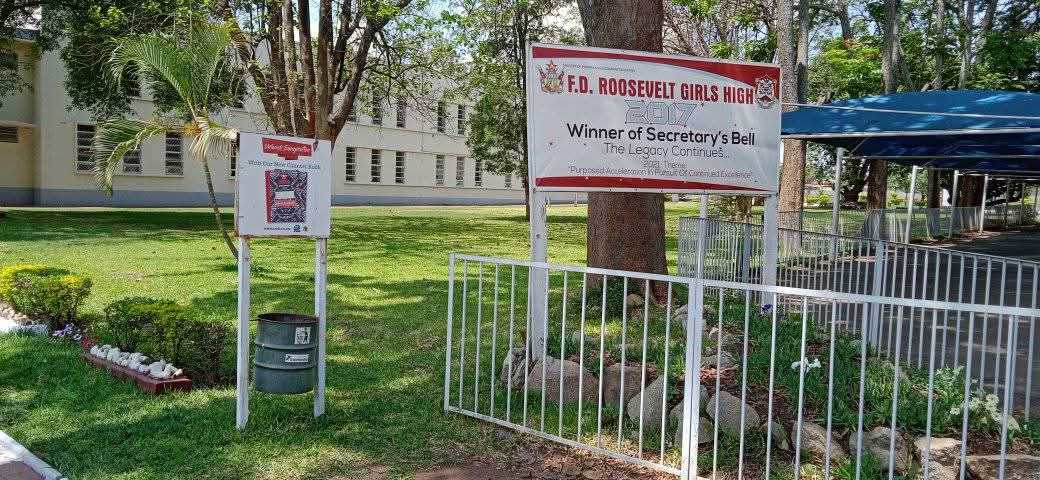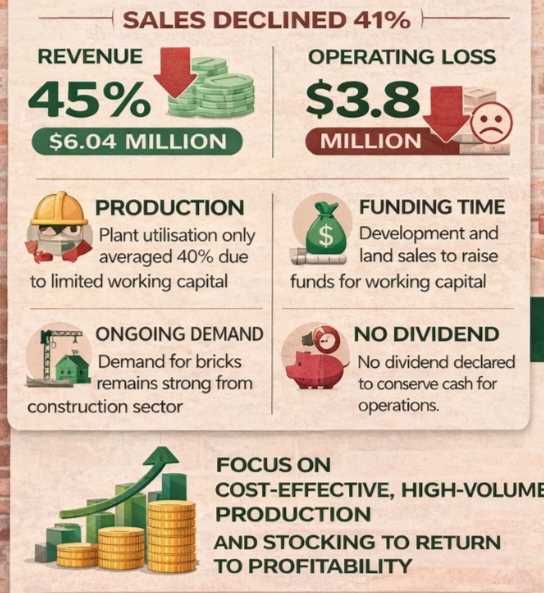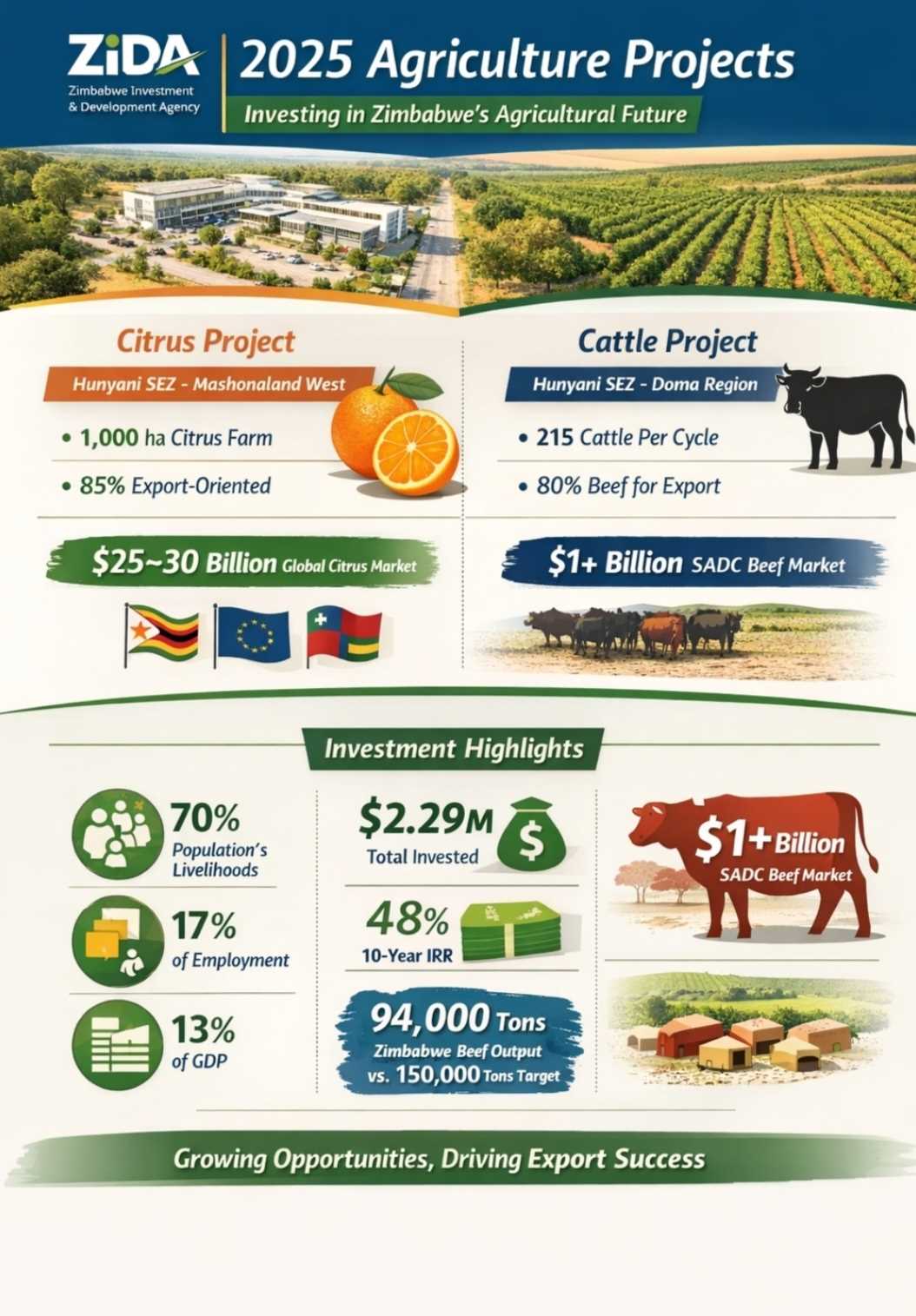
Zim Now Reporter
Zimbabwe’s fast-expanding mining industry is emerging as a key player in energy generation, pouring millions into new power projects to secure reliable supply while boosting national and regional energy security.
The transformation comes amid a mining boom anchored on lithium, gold, platinum, chrome, and diamonds minerals that have attracted large-scale investment.
With mining now requiring an extra 2 000MW to sustain its growth, companies are no longer waiting on the national utility, ZESA, but are actively investing in their own generation capacity.
Speaking at the Africa Down Under Mining Conference in Perth, Australia, on Friday, Energy and Power Development Minister July Moyo said the shift represents a “new relationship” between mining and power.
“No longer is mining simply a consumer. It is now a co-developer of energy infrastructure, investing in power generation to secure operations while strengthening national and regional energy security,” Moyo said.
Zimplats has embarked on a landmark 185MW solar project one of Southern Africa’s largest private renewable energy initiatives. Caledonia Mining’s Blanket Mine in Gwanda commissioned a 12,2MW solar plant in 2023 at a cost of US$14 million, while Turk Mine in Bubi added a 4,4MW solar farm.
In Chirumhanzu, the new Dinson Iron and Steel Company has already installed 50MW of internal generation capacity.
Cement giant PPC Zimbabwe is also investing US$40 million in two solar facilities: a 20MW plant in Colleen Bawn and a 10MW station in Bulawayo.
Related Stories
“These are not isolated projects,” said Moyo. “They signal a broader move towards captive generation, hybrid energy solutions, and even surplus power integration into the national grid.”
Alongside industry-led initiatives, Government has lined up additional projects, including the Kariba Floating Solar Plant, the 22MW Pomona Waste-to-Energy scheme, and large-scale solar parks in Matabeleland, Midlands, and Mashonaland West provinces.
Zimbabwe’s energy plan is also regional in scope. By tapping into the Southern African Power Pool, mines producing excess energy can sell it into the regional market, while mineral processors can import stable power from neighbouring countries.
“Energy security is no longer a national agenda, it is regional,” Moyo stressed.
Through its National Energy Compact, Zimbabwe has set a target of 5 432MW in installed generation capacity by 2030, with 2 640MW from renewables. Achieving this will require around US$9 billion, 70 percent of which is expected from private investors.
Moyo invited global financiers and technology partners to take advantage of opportunities in captive power generation, grid modernisation, utility-scale renewable projects, and energy-mineral industrial parks.
“Zimbabwe’s mining boom is an energy opportunity, and our energy transformation is an investment gateway,” he said. “We invite you to build power plants next to mines, create beneficiation hubs near mineral deposits, and develop regional energy corridors that can power Africa’s industrial future.”
Positioning Zimbabwe as a regional energy hub, Moyo highlighted access to a 300 million-strong SAPP market, bankable projects, and government-backed guarantees as incentives for investors.
“We are not just looking for financiers — we want partners who bring capital, technology, and expertise to co-create the energy and mining ecosystem of the future,” he said.




















Leave Comments